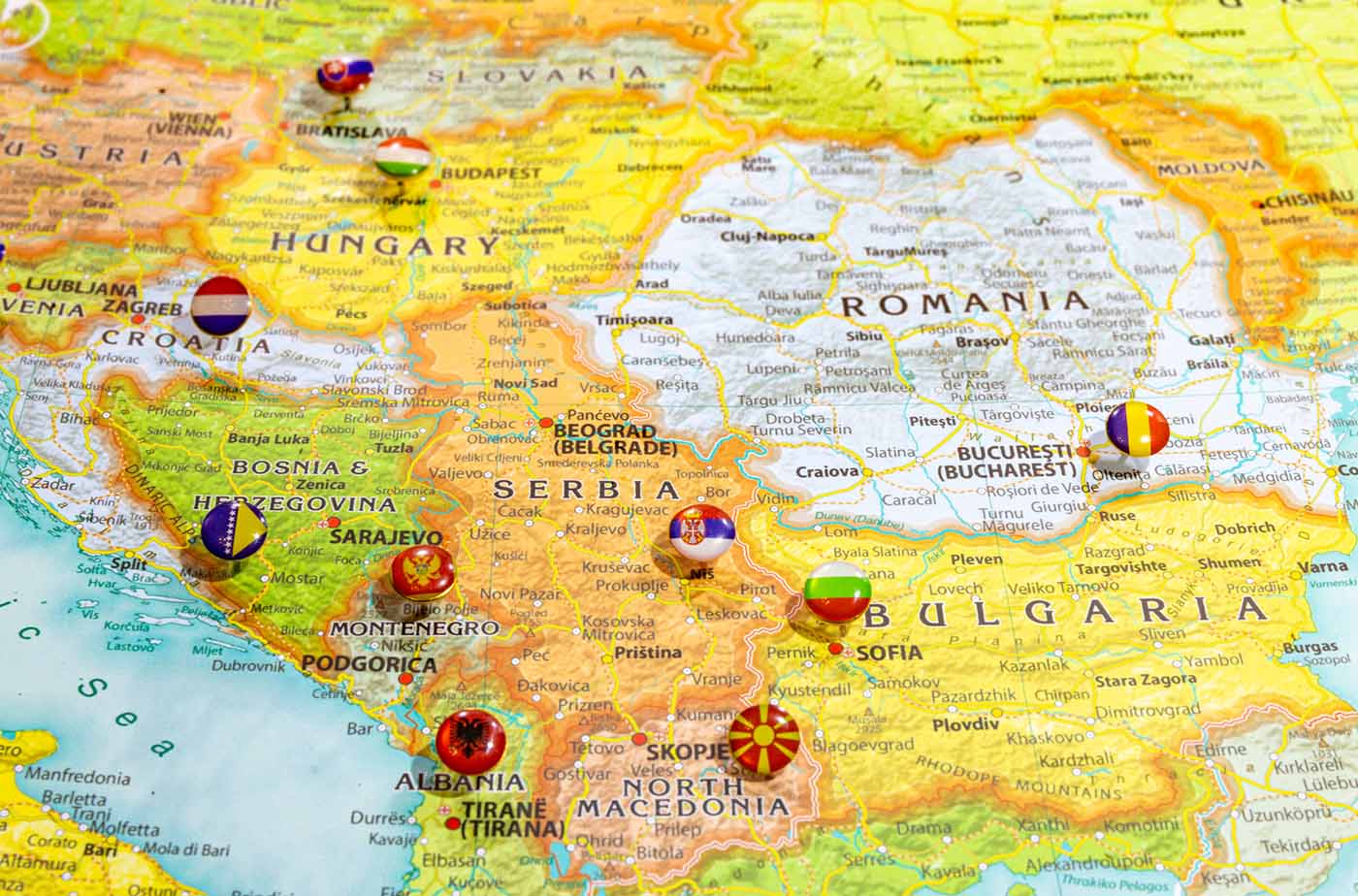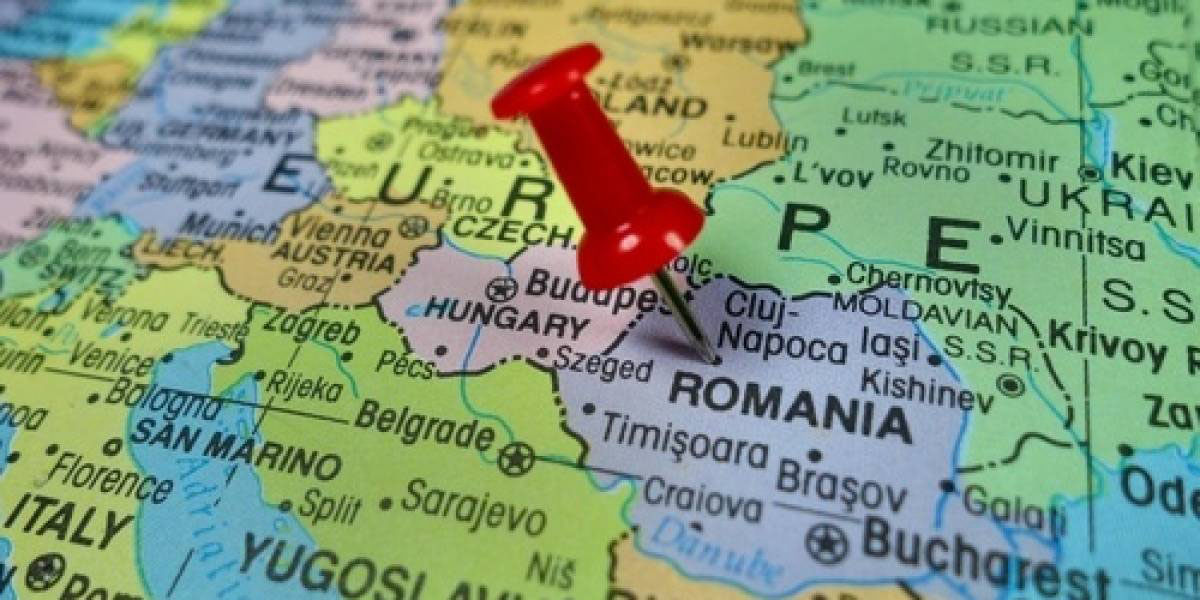Let’s say you’ve heard of the Romanian language and Romania with its wonderful places and welcoming people. And you might even be tempted to visit these places and, why not, learn Romanian. Perhaps the first step to fulfilling this wish would be to find out where exactly Romania is and, of course, a few things about the country.
Romania on the map
To find Romania on the map you have to look to the south-eastern part of Europe, somewhere near the Black Sea. Romania is a relatively small country, bordering the Black Sea and Moldova to the east, Ukraine to the north, Hungary and Serbia to the west, and finally Bulgaria to the south of its borders.

So Romania is a European country, with an area of about 240,000 square kilometres. If you are curious enough to look at Romania on a map, you will discover that this country has an extremely harmonious relief. A substantial chunk of the territory is by the sea, and the land is evenly divided between plains, hills and mountains. Romania is also crossed by one of Europe’s largest rivers – the Danube. In fact, the place where the Danube flows into the sea is one of the most spectacular places on the entire continent, with its rich fauna and flora found in the Danube Delta.
Romania is divided administratively into 41 counties and has its capital in Bucharest, a beautiful city that captivates with its mix of traditional and modern and the combination of several architectural styles, some of Western influence, others of Slavic and Eastern influence.
In terms of surface area, Romania is the 12th largest country in Europe, and if we look at the number of inhabitants, Romania is the 7th largest country on the continent, with about 20 million people.
Romanian on the map
If we were to make a map of the Romanian language, it would be slightly larger than the geographical territory of Romania. This is because Romanian is spoken by about 24 million people around the world, with some estimates as high as 30-34 million. Firstly, Romanian is the official language in both Romania and the Republic of Moldova. Although some express themselves slightly differently, calling the language Moldovans speak “Moldovan language”, the Moldovan constitution makes it very clear that “the official language of the republic is Romanian”. But these details are not so important. What is important is that if you want to learn Romanian, you will gain the ability to communicate with the inhabitants of both countries. And not only that. Because in addition to those for whom Romanian is their native and main language, there are, according to statistics, about 4 million Romanian speakers. For some of them Romanian is a second language. Romanian-speaking communities can be found mainly in Ukraine, Hungary, Serbia and Montenegro, Israel, Greece, Italy, Russia, the United States and other parts of the world.

Which languages is Romanian related to
Romanian is a Romance language and is part of a group of languages that share a common ancestor: the Latin language. Of these, Romanian is the fifth most spoken language, after Spanish, Portuguese, French and Italian.
Over time, due to its geographical location, the Romanian language has also been influenced by the peoples with whom it has come into contact. Probably the most notable influence to be mentioned here is that of the Slavic languages, although there have also been negligible influences from other languages such as Turkish and Greek.
What does Romanian sound like

Romanian is a very beautiful language (you can find out more about it here) which, although it is spoken by a people who are more in between Slavic-speaking countries, is much closer in melody and sound to Italian or Portuguese. Indeed, it sounds a bit harsher than these, but it is a very pleasant language. In fact, the closeness to Italian is so pronounced that a Romanian will understand a great deal of a conversation in Italian, precisely because of these similarities in the roots of words and the way they are pronounced.
These are just a few basic facts about Romania and the Romanian language. And if I’ve piqued your interest and you’re tempted to learn Romanian, on www.romanianonline.com you’ll probably find the best online Romanian language courses, and much more. You’ll find a nice community of people who will teach you not only Romanian but also the most interesting things about Romania, so you’ll feel here, as soon as possible… at home.
